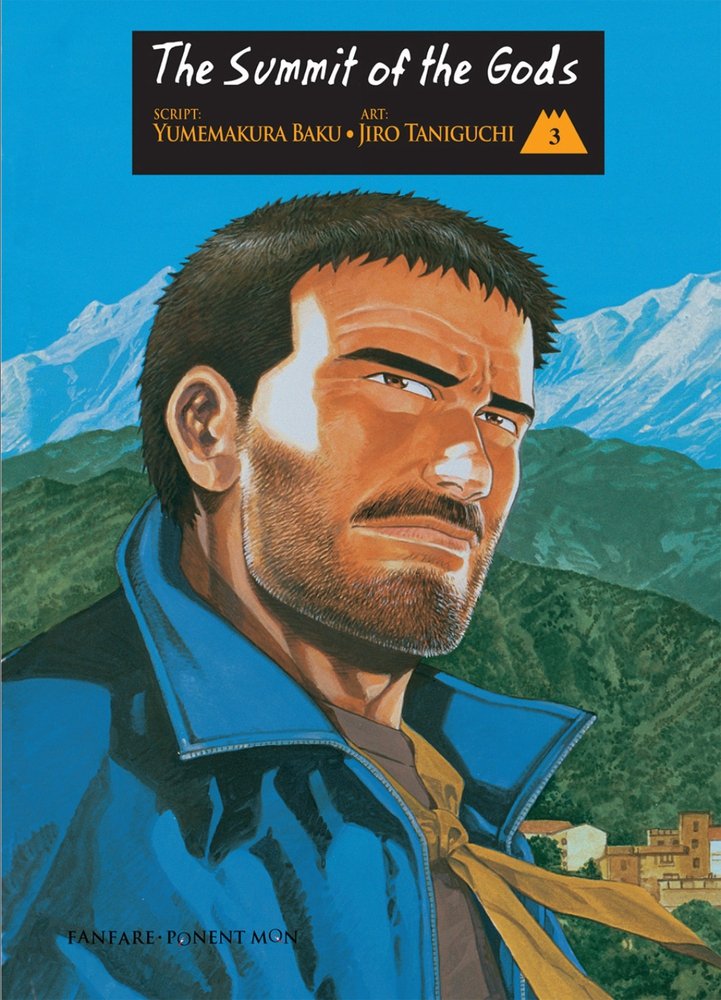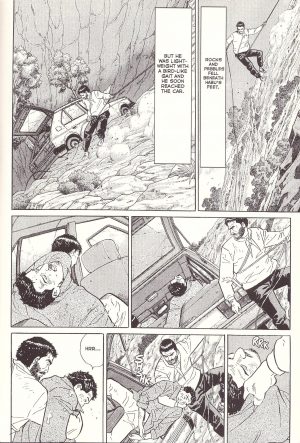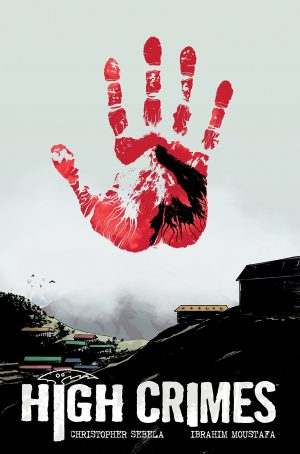Review by Ian Keogh
The Summit of the Gods began with Japanese photographer Makoto Fukamachi in Nepal discovering an old camera of the type George Mallory had with him in 1924. Mallory is at the heart of mountaineering’s most enduring mystery, having disappeared when attempting to become the first man to reach the top of Mount Everest. Was the disappearance before or after reaching the summit otherwise not conquered until 1953?
Yumemakura Baku and Jirô Taniguchi open The Summit of the Gods 3 with Mallory’s participation in several attempts to climb Everest in the early 1920s. Baku details the mountaineering practices of a century past while Taniguchi brings it to life in glorious vistas showing the sheer ambition of what’s being attempted and the scale of man against a peak that’s over 8,800 metres high. It’s a stunning looking testament to the astonishing bravery of men hoping to achieve something worthwhile. These days, of course, Mallory could be listed in the Guinness Book of World Records for pushing a baked bean five miles with his nose.
Also in Nepal Fukamachi met a man named Bikha Sanp, whom he later identified as Japanese climber Jouji Habu, a single-minded man who’d worn out his welcome in Japan despite being one of the nation’s best ever mountaineers. Much of his tortured history was related in The Summit of the Gods 2. Carrying his own obsessions, Fukamachi now returns to Nepal determined to locate Habu again.
Taniguchi begins almost every chapter with a portrait, both character-defining and beautiful, and as has been the case throughout the series, he turns in one disciplined page after another, drawing the same characters again and again in conversation. The pages tend to blend when reading, but look at any page at random and Taniguchi’s people are skilfully expressive, and so precisely drawn. In over three hundred pages his peak comes with a sequence of Habu climbing in desperate circumstances. There have been such scenes before, all remarkably drawn, but previously they’ve been set in a past readers know Habu survives. This scene is set in the present, removing any such certainty.
Habu isn’t the only compelling character. While Fukamachi remains more a story conduit, several other people are strong. Baku diverts into the history of the Ghurkas, noting how their bravery is legendary, yet they’ve never fought for their own country, and it’s two Nepalese men who resonate, both with their own code of honour, yet involved in murky activities.
The final chapters reveal more about Habu’s intentions, and by the time the action shifts to The Summit of the Gods 4 a heart has been broken, Fukamachi has been stunned and a surely impossible expedition has been announced. It’s all superbly engrossing drama.





